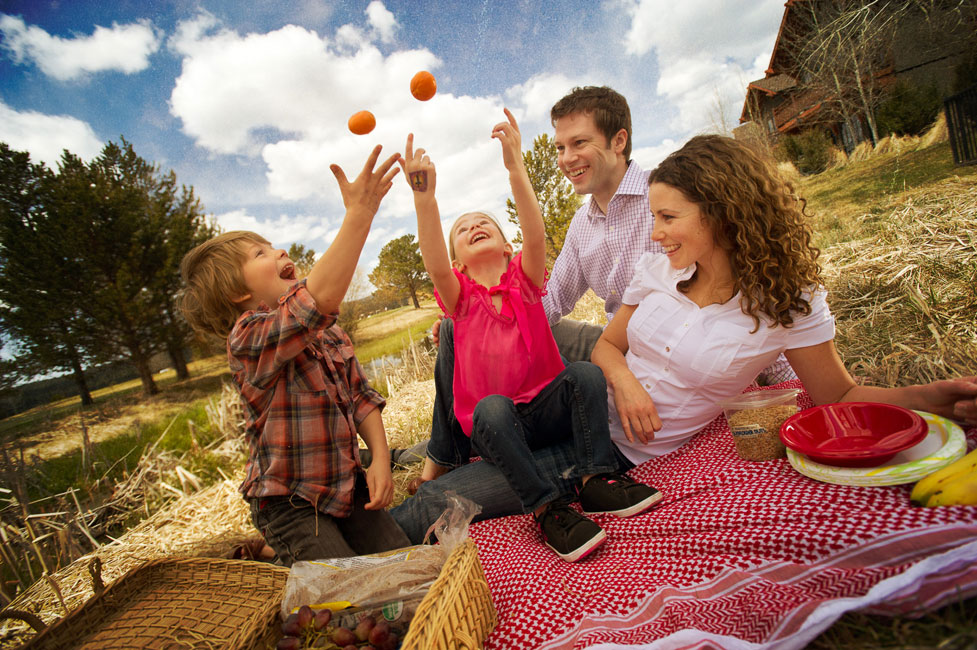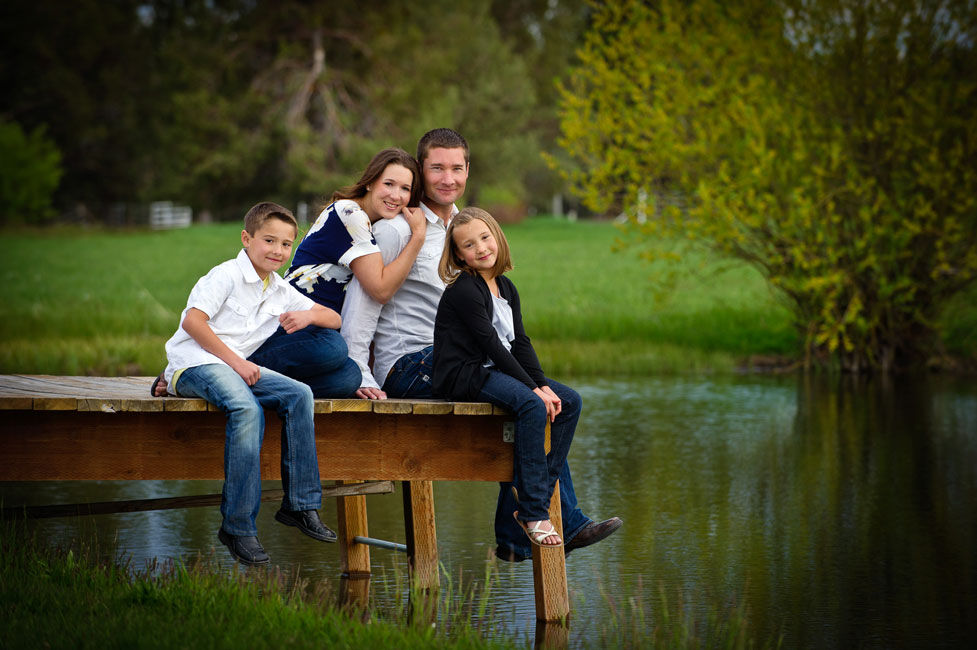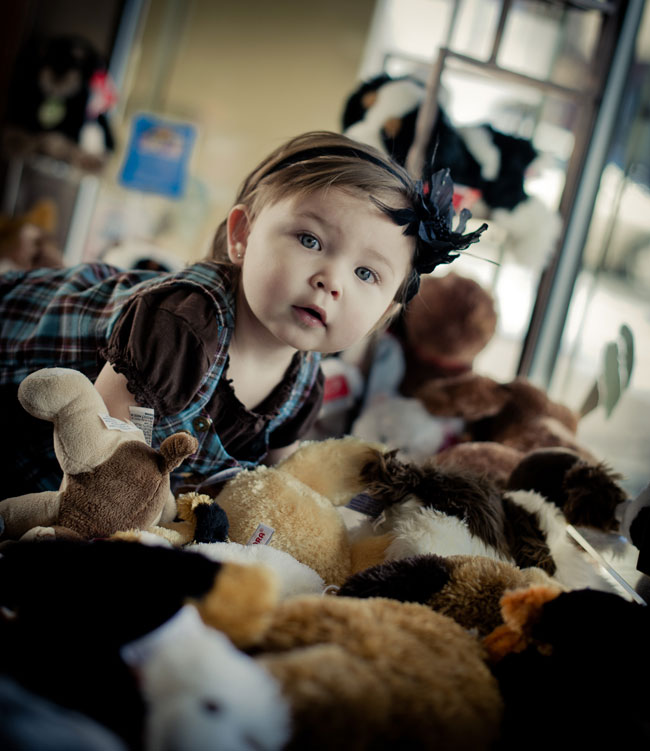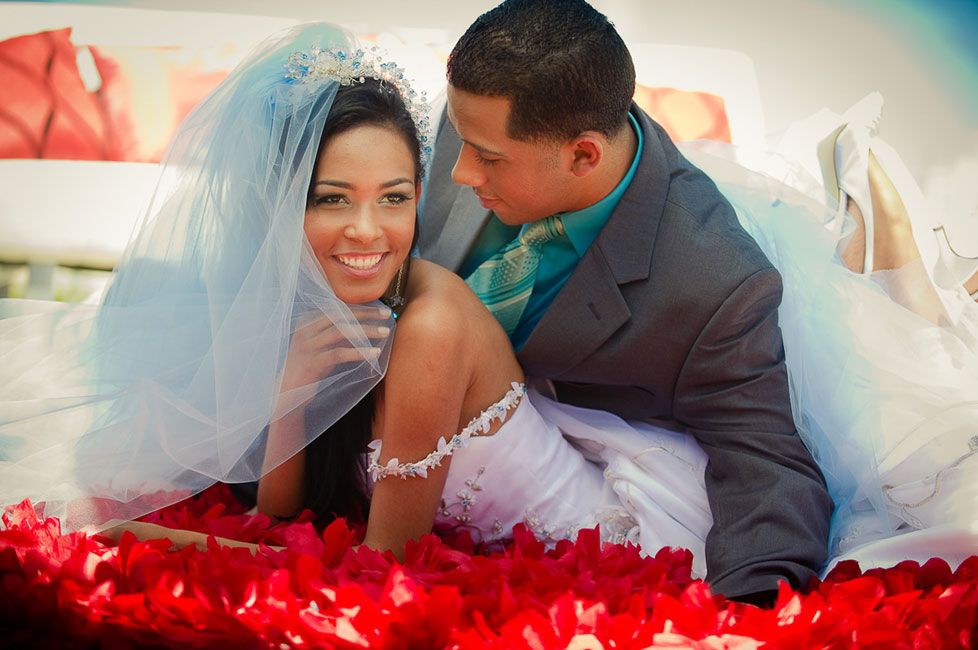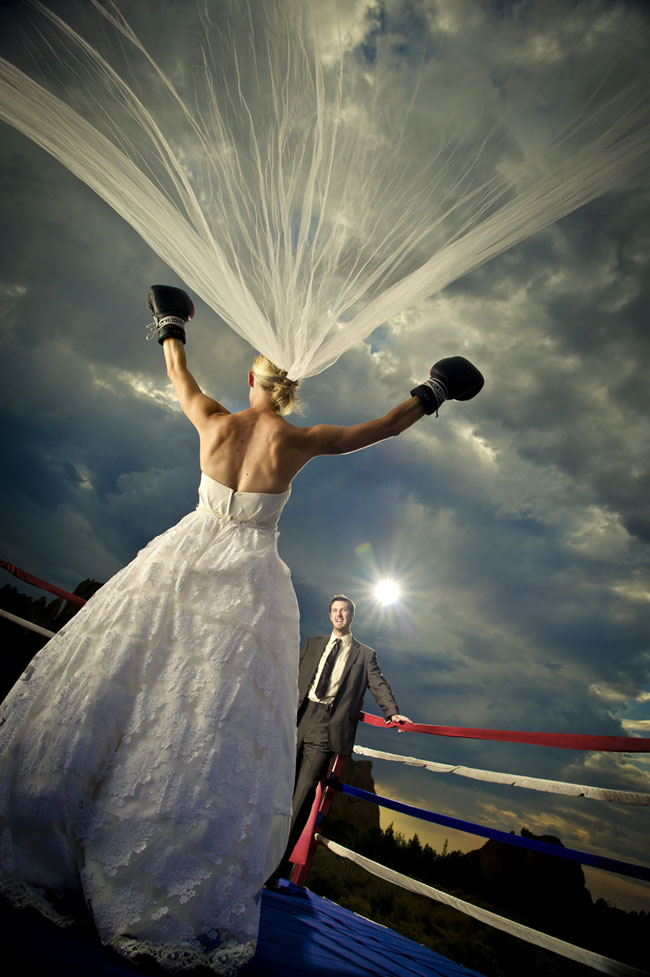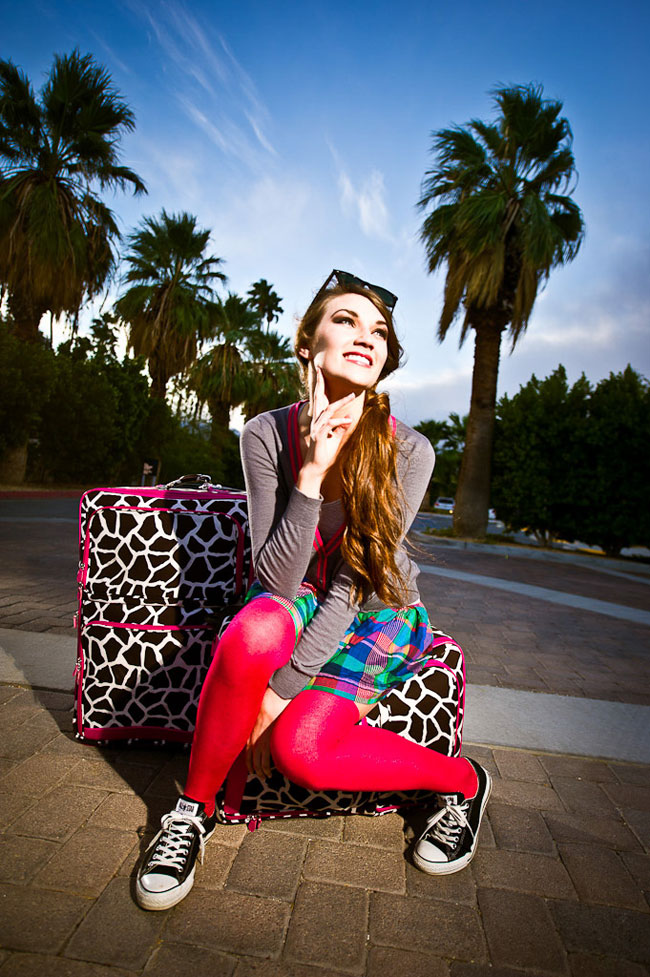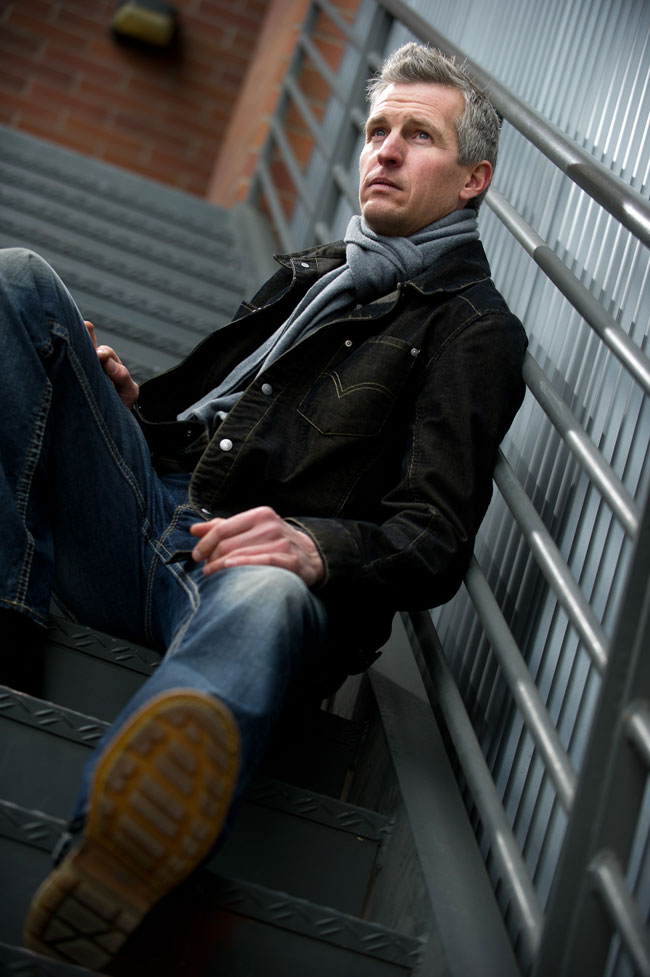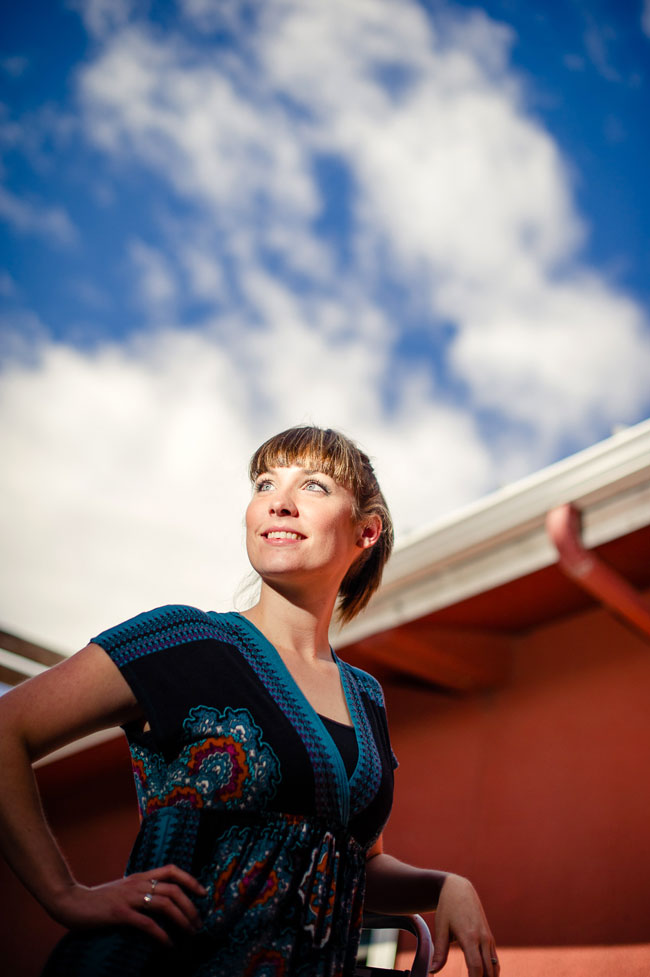High Speed Sync: A Flash Technique To Add a Pro Touch to Your Photographs
You know those pictures—people outdoors, looking natural, casual, doing stuff that people do outdoors? Those perfectly-lit pictures of, say, a family at a picnic, or a dad and daughter fishing off a dock, or mom in a hammock, reading a book? You know, the kinds of pictures that look like easy-does-it snapshots?
Portrait and conceptual illustration photographer Kevin Kubota knows those pictures very well; he creates them. While they're far from snapshots, they're not difficult pictures to make, though they do involve a pretty advanced flash technique that pro shooters everywhere are familiar with. The full Nikon designation of that technique is FP Auto High Speed Sync, but from here on we'll call it high speed sync to speed things up.
Using high speed sync mode with your Nikon DSLR (D7000 series and above) and Nikon Speedlight (SB-500 and up) allows you to synchronize the flash to shutter speeds all the way up to the highest speed the camera is capable of. High speed sync works with all exposure modes, and you can use it with a single Speedlight or multiple flash set-ups.
So what's high speed sync got to do with those cool-looking outdoor photos we were talking about? Everything.
Set and Confirm
To set your camera and flash for high speed sync, go to your camera's Custom Setting menu, then scroll to Bracketing/Flash, where you'll see flash sync speed choices. Set the highest speed you see—it'll be either 1/200, 1/250 or 1/320 second depending on your camera. That doesn't mean the camera and flash will sync only at those speeds. Rather, it means they will sync at any shutter speed all the way up to the highest the camera offers; on some models that's 1/8000 second. We suggest you check your camera's instructions, but those are the basics. (Remember, high speed sync is available with D7000 series or higher Nikon DSLRs and SB-500 or higher Speedlights.)
Confirm? On the LCD on the back of your Speedlight you'll see the letters FP; that's your confirmation that the camera and flash are in high speed sync mode.
Why High Speed Sync?
You might think that the technique is ideal for outdoor sports and action photos, and you'd be right. You want a high shutter speed to freeze action, but you might also want a bit of fill flash to reveal detail on shadowed faces or shaded backgrounds. Shooting at 1/1000 second, for example, will stop the action, and your flash will automatically sync at that speed to insure that your Little Leaguer's face is revealed under the bill of his cap.
But what about those non-sports shots...that family picnic, for instance? We'll let Kevin fill in that part of the picture.
"I'm usually choosing f/4 as my smallest aperture," he says, "and I generally I prefer f/2.8, 1.8 or 1.4. Shooting outdoors at those apertures, I almost always have to be shooting high speed sync to get a fast enough shutter speed to prevent overexposure."
Kevin selects large apertures to insure shallow depth of field, which in turn creates soft backgrounds, eliminates distractions and focuses the viewer's attention on the subject. A soft background is a pro touch, and if often takes a high shutter speed and high speed sync to make it happen.
Another reason for high speed sync outdoors is to darken the sky for mood, or to darken the background in order to hide location distractions or details.
High speed sync can come into play for indoor images, too. Faced with a brightly lit room, or one in which you're bouncing your flash off a white ceiling, you'll need to boost the shutter speed to prevent overexposure. More likely, though, you'll find yourself in a room with a big picture window or an expanse of glass through which sunlight pours. In that case, expose for the outside so the window area doesn't blow out, then use high speed sync to effectively balance the outside illumination.
You might think that the technique is ideal for outdoor sports and action photos, and you'd be right. You want a high shutter speed to freeze action, but you might also want a bit of fill flash to reveal detail on shadowed faces or shaded backgrounds.
How It Works
In high speed sync mode the flash is not fired in one burst of light; it's emits a series of pulses, an incredibly rapid series that illuminates the scene as the camera's focal plane shutter moves across the sensor. This strobing action takes an enormous amount of flash power, and the flash essentially divides up the amount of light into segments as the shutter travels. The faster the shutter speed, the less flash power is available. Often the reduction in power does not noticeably affect the image, but when it does, photographers often compensate by either moving closer to their subjects or using more than one Speedlight.
Practice to Perfect
Professional photographers recognize situations and can predict results because they've been there before. Before you call on high speed sync for your outdoor portraits or action moments, get to know what you can expect from the technique.
Take your camera and flash to the backyard on a sunny day and photograph the kids in the pool, the dog, birds at the feeder, a volunteer friend, a garden gnome in bright sunlight. Get to know what your flash will do at 1/500, 1/2000 and 1/4000 second at f/1.4 and f/2.8. See how it balances natural light and fills in shadows.
"One of the basic, typical uses of high speed sync," Kevin says, "one that everybody seems to need at some time or another, is the situation where you're shooting outside in full sun and need to fill in your subjects' faces with flash. You don't want to face your subjects into the sun—they'll be squinting; it's better to have the sun behind them and balance the sunlight with your flash."
It's also a good idea to practice with your flash on and off the camera, either hand-held or placed on a stand. "Directional flash is often a lot better than direct flash," Kevin says. "Your main light can be off camera, say at 45 degrees to the subject, and if you have a second Speedlight, it can be on camera, as a fill light, a stop or a stop-and-a-half lower in power." When you use two or more Speedlights, you can control them from the camera-mounted flash thanks to the Nikon wireless remote flash system.
You'll know the technique is working when you don't even notice it in the photograph. Those easy-does-it pictures we mentioned earlier? Hardly any look like they were made with flash. When high speed sync is done right, it's practically invisible.
Kevin used two SB-910s in a softbox for this photo, taken for the model's portfolio, but he didn't use high speed sync mode. He wanted the soft, diffused background that f/1.4 or f/2 would give him and would have needed a very high shutter speed to get it, which would have meant that wouldn't have been enough flash power to balance the scene's ambient light. He also wanted to darken the sky for a moody look. The answer was a variable neutral density filter. "It can cut down the light from two to six f/stops," he says, "and that enabled me to set my shutter speed at exactly 1/250 second, the optimum sync speed, to get the maximum output out of my Speedlights." D3S, AF-S NIKKOR 50mm f/1.4G, 1/250 second, f/2, ISO 200, manual exposure, Matrix metering.

